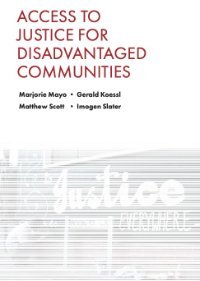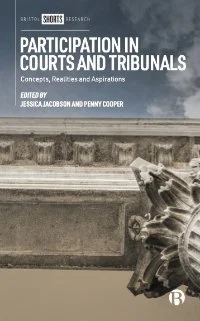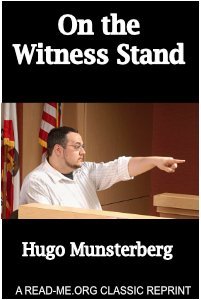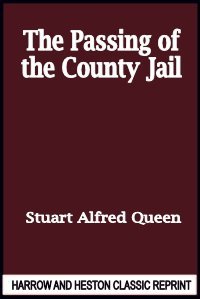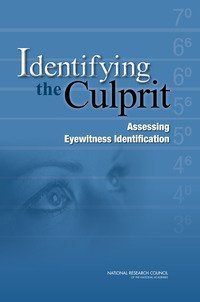By Marjorie Mayo, Gerald Koessl, Matthew Scott and Imogen Slater.
This book explores the dilemmas being faced by professionals and volunteers who are aiming to provide access to justice for all and to promote social justice agendas in increasingly challenging contexts. Public service modernisation has been accompanied by increasing marketisation and massive public expenditure cuts, with escalating effects in terms of the growth of social inequalities. As the following chapters illustrate, Law Centres have provided a lens through which to examine the implications of these wider policies, as increasing marketisation has been impacting upon staff and volunteers working to promote social justice in disadvantaged communities.
Policy Press (2014) 174p.


